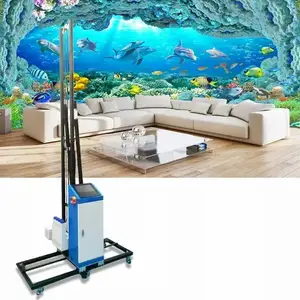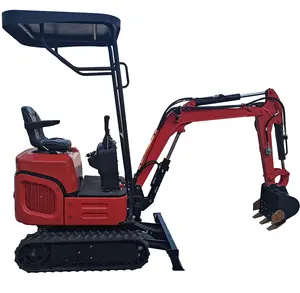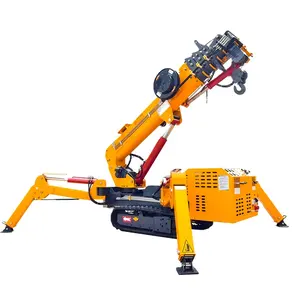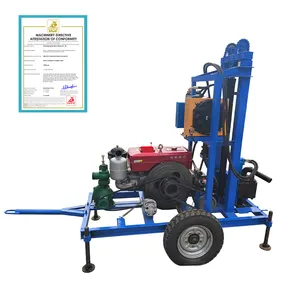Popular in your industry












































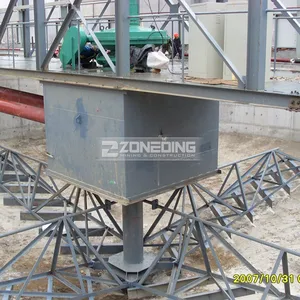
































Top categories
About gravity thickener
Gravity thickener, also known as sedimentation or settling tank, is a type of equipment used in wastewater treatment to separate suspended solids and wastewater by utilizing the natural process of sedimentation. In this process, solids settle to the bottom of the tank due to gravitational force, allowing the clear water to rise and be collected. This equipment is essential in the gravity thickener wastewater treatment process, especially in municipal and industrial applications where large volumes of wastewater need to be clarified.
How does the gravity thickener work?
The operation of a gravity sludge thickener is straightforward and solely depends on gravity to separate solid particles from liquid. Wastewater enters the tank slowly to allow the solid particles, which are denser than water, to settle at the bottom. As the solids accumulate, the clarified water rises and can be collected from the top. Scrapers or rakes are used to remove the settled sludge at the bottom of the tank, and it is often pumped to further treatment processes or dewatering equipment.
What are the types of gravity thickeners?
There are several types of gravity thickeners, each designed for specific applications and varying in their operational principles. The most common type is the conventional gravity thickener, which consists of a cylindrical tank with a central feed well. As the wastewater enters the tank, the solids settle at the bottom, and the clarified water overflows from weirs at the top. A gravity belt thickener is another type that utilizes a belt with closely spaced rollers to facilitate the separation of solids and liquids. This type is particularly useful for sludge thickening in municipal wastewater treatment plants.
An upflow sludge blanket clarifier is a variation of the conventional gravity thickener that uses an inclined plate settler to enhance the settling process. The sludge blanket thickener, on the other hand, involves the formation of a sludge blanket at the bottom of the tank, creating a larger surface area for solid-liquid separation. A high-rate gravity thickener is designed for applications where rapid settling is required. It often incorporates enhanced sludge removal mechanisms to achieve higher throughput. Lastly, a lamella gravity settler utilizes inclined plates to increase the effective settling area within the tank, leading to improved solid-liquid separation.
What are the advantages of a gravity thickener?
Gravity thickeners offer several advantages in wastewater treatment processes, making them a preferred choice for separating solids from liquids. Firstly, they have a simple design, which results in low operational and maintenance costs. Additionally, they are energy-efficient since they rely on gravity as the driving force for separation. This is particularly advantageous in terms of long-term savings and sustainability. Moreover, gravity thickeners are versatile and can be adapted to different applications, including gravity thickener wastewater treatment in municipal and industrial settings.
In terms of performance, gravity thickeners are effective in reducing the volume of sludge, thereby minimizing the overall footprint of the treatment plant. This is crucial in urban areas where space is limited. Furthermore, the clarified water produced by gravity thickeners is of higher quality, meeting the regulatory standards for discharge or reuse. This contributes to environmental protection and resource conservation. Lastly, gravity thickeners are reliable and can handle fluctuations in influent flow and solids concentration, ensuring consistent performance in wastewater treatment operations.
